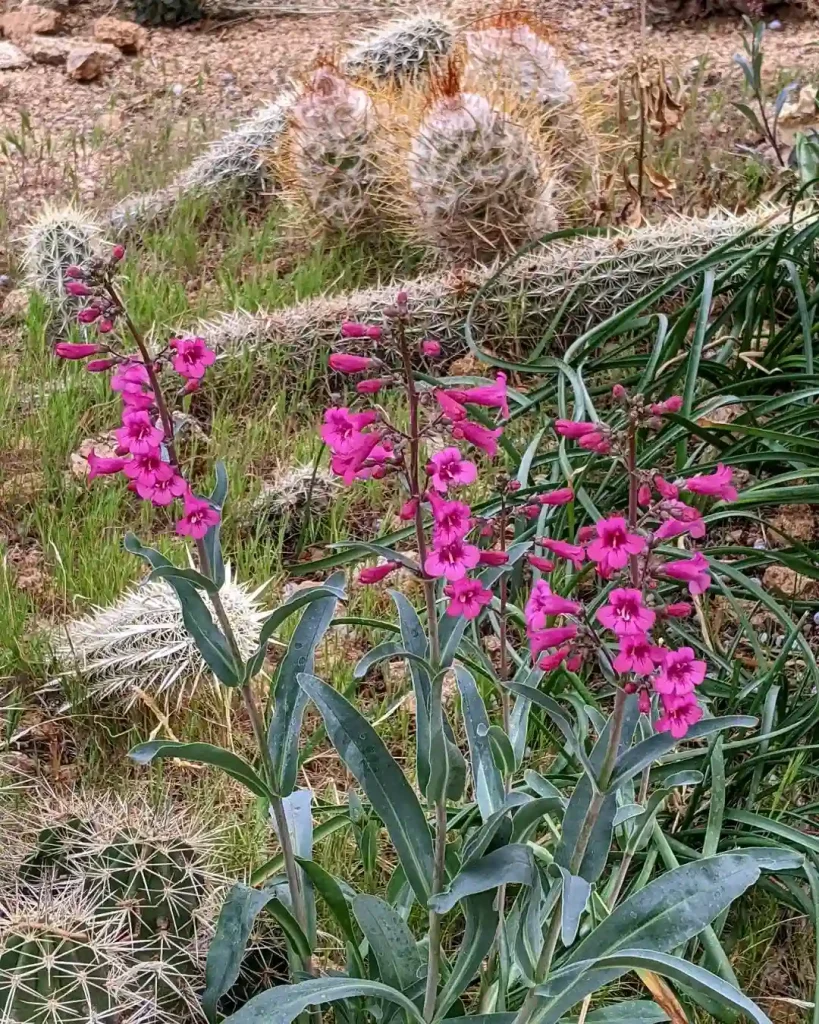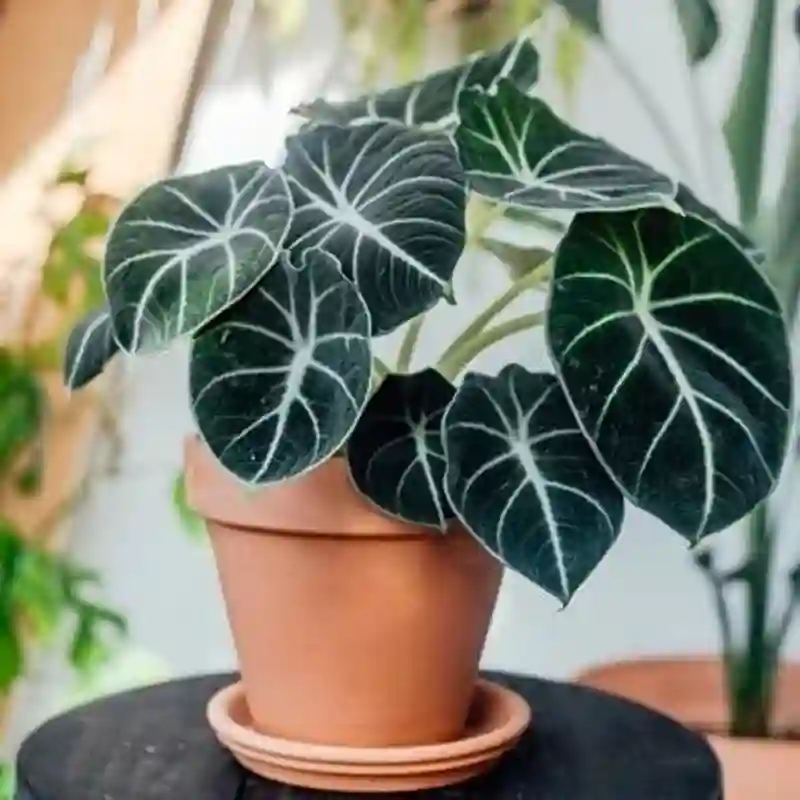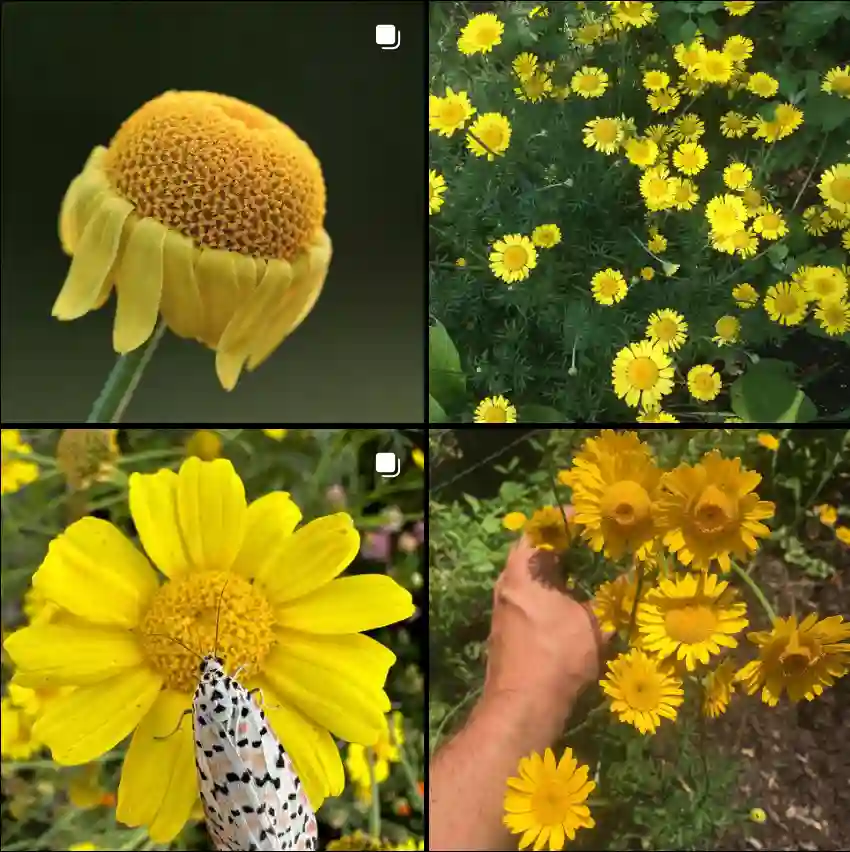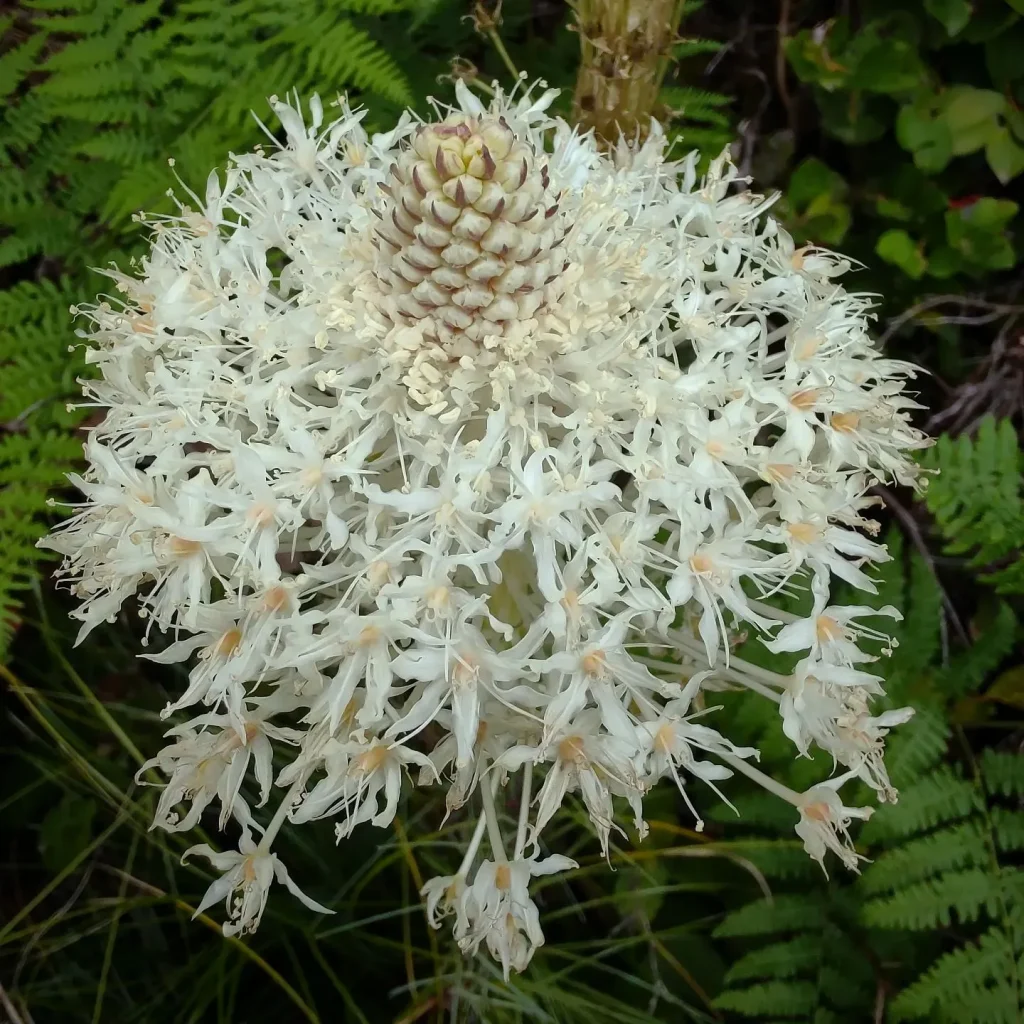
A Deep Dive into the World of Pears (Genus Pyrus)
As a lover of all things botanical, I’ve always been fascinated by the diversity of the plant kingdom. One genus that particularly piques my interest is Pyrus, the genus that encompasses the beloved pear. From the crisp, juicy fruits we enjoy to the ornamental trees that grace our landscapes, Pyrus offers a captivating glimpse into the wonders of nature.
What is Pyrus?
Pyrus is a genus of deciduous trees and shrubs belonging to the Rosaceae family. Native to Europe, Asia, and North Africa, it comprises around 80 species. These plants are characterized by their simple leaves, attractive white or pink flowers with five petals, and, of course, the pome fruit we know as the pear.
While pears are cultivated globally for their delicious fruit, Pyrus species also hold significant ecological value. They provide food and habitat for various wildlife, including birds, insects, and mammals. Moreover, their beautiful blossoms contribute to the aesthetic appeal of natural landscapes and gardens.
A Look at Pyrus Species
The genus Pyrus boasts a diverse array of species, each with its unique characteristics and uses. Here are:
- Pyrus acutiserrata Gladkova
- Pyrus alpinotaiwaniana S.S.Ying
- Pyrus armeniacifolia T.T.Yu
- Pyrus asiae-mediae (Popov) Maleev
- Pyrus austriaca A.Kern.
- Pyrus × babadagensis Prodan
- Pyrus × bardoensis Dostálek
- Pyrus betulifolia Bunge
- Pyrus boissieriana Buhse
- Pyrus bourgaeana Decne.
- Pyrus bretschneideri Rehder
- Pyrus browiczii Mulk.
- Pyrus cajon Zaprjagaeva
- Pyrus calleryana Decne.
- Pyrus castribonensis Raimondo, Schicchi & Mazzola
- Pyrus chosrovica Gladkova
- Pyrus ciancioi P.Marino, G.Castellano, Raimondo & Spadaro
- Pyrus communis L.
- Pyrus complexa Rubtzov
- Pyrus cordata Desv.
- Pyrus cordifolia Zamani & Attar
- Pyrus costata Sumnev.
- Pyrus daralagezi Mulk.
- Pyrus demetrii Kuth.
- Pyrus elaeagrifolia Pall.
- Pyrus elata Rubtzov
- Pyrus eldarica Grossh.
- Pyrus fedorovii Kuth.
- Pyrus ferganensis Vassilcz.
- Pyrus georgica Kuth.
- Pyrus gergeriana Gladkova
- Pyrus glabra Boiss.
- Pyrus grossheimii Fed.
- Pyrus hajastana Mulk.
- Pyrus hakkiarica Browicz
- Pyrus hopeiensis T.T.Yu
- Pyrus hyrcana Fed.
- Pyrus jacquemontiana Decne.
- Pyrus × jordanovii Dostálek
- Pyrus ketzkhovelii Kuth.
- Pyrus korshinskyi Litv.
- Pyrus mazanderanica Schönb.-Tem.
- Pyrus medvedevii Rubtzov
- Pyrus megrica Gladkova
- Pyrus × michauxii Bosc ex Poir.
- Pyrus neoserrulata I.M.Turner
- Pyrus nivalis Jacq.
- Pyrus nutans Rubtzov
- Pyrus oxyprion Woronow
- Pyrus pashia Buch.-Ham. ex D.Don
- Pyrus pedrottiana Raimondo, Venturella & Domina
- Pyrus phaeocarpa Rehder
- Pyrus pseudopashia T.T.Yu
- Pyrus pyrifolia (Burm.f.) Nakai Plant FAQs: Pyrus Pyrifolia
- Pyrus raddeana Woronow
- Pyrus regelii Rehder
- Pyrus sachokiana Kuth.
- Pyrus salicifolia Pall.
- Pyrus sicanorum Raimondo, Schicchi & P.Marino
- Pyrus × sinkiangensis T.T.Yu
- Pyrus sogdiana Kudr.
- Pyrus sosnovskyi Fed.
- Pyrus spinosa Forssk.
- Pyrus syriaca Boiss.
- Pyrus tadshikistanica Zaprjagaeva
- Pyrus takhtadzhianii Fed.
- Pyrus tamamschiannae Fed.
- Pyrus terpoi Arrigoni
- Pyrus theodorovii Mulk.
- Pyrus trilocularis D.K.Zang & P.C.Huang
- Pyrus turcomanica Maleev
- Pyrus tuskaulensis Vassilcz.
- Pyrus ussuriensis Maxim. Plant FAQs: Ussurian Pear – Pyrus Ussuriensis
- Pyrus vallis-demonis Raimondo & Schicchi
- Pyrus × vavilovii Popov
- Pyrus voronovii Rubtzov
- Pyrus vsevolodovii T.S.Heideman
- Pyrus xerophila T.T.Yu
- Pyrus yaltirikii Browicz
- Pyrus zangezura Maleev
What does a pear tree look like?
I’ve always loved the look of pear trees. I’m not sure if it’s their slightly rounded shape or the way the branches cascade downwards as they get weighed down with fruit, but there’s something so charming about them. The leaves have a lovely glossy green color and there’s a certain grace to the way they move in the wind. But the springtime is definitely the best part – the whole tree becomes covered in delicate, white blossoms and the air fills with the most beautiful, sweet fragrance.
How to prune a pear tree?
I’ll be honest, pruning my pear tree is still something I’m getting the hang of. It always feels a bit intimidating to start, but I’ve learned that the best time is in late winter or early spring when the tree is still dormant. The main goal is to open up the canopy to let in more light and air, which helps with fruit production and disease prevention. It’s really about removing any crossing or dead branches, as well those pesky water sprouts that keep trying to take over. I always try to look at the overall shape while pruning and step back often, making sure I’m happy with how things are looking before I cut anything else.
Are pear trees self pollinating?
Most pear trees actually need a little help from their friends! While there are a few partially self-fertile varieties out there, like Conference, the vast majority need to be pollinated by a different pear variety in order to produce the best fruit. I learned this the hard way when my pear tree only produced a handful of small pears the first few years. Now I have a Bartlett tree as well and the difference has been amazing – bigger yields and tastier pears!
How to grow a pear tree from seed?
Growing a pear tree from seed has been my little gardening experiment for the past year. It’s been a journey and I’m not gonna lie, it involves a lot of patience. First, there’s the seed preparation – collecting them, a brief cold period in the fridge, and then getting them to germinate. The waiting game is the hardest part, and even when those first little shoots come up, it’s definitely a long-term project. I don’t even know if my tree will ever produce edible fruit since it wasn’t grown from a grafted variety, but it’s been really rewarding to watch it grow and learn along the way.
When do pear trees bloom?
Pear trees are one of the first signs that spring is truly on the way! At least where I live, those delicate white blossoms usually start appearing in late March or early April. It depends on the variety and the climate of course, but there’s something so special about seeing all the trees covered in bloom after a long winter. Plus, that sweet floral fragrance in the air is an absolute delight and it’s always buzzing with bees and other happy pollinators.
When do pear trees bear fruit?
When my pear tree finally starts bearing fruit, it’s definitely a highlight of my gardening year! The timing depends on the variety: some ripen in late summer, while others take their time and don’t come into their own until fall. I’ve got a Bartlett, so mine usually start getting plump and juicy around late August or early September. It’s really exciting checking on the tree each day, watching those pears change color and testing their ripeness. Nothing beats the flavor of a fresh, sun-warmed pear picked straight from your own tree!
How big does a pear tree get?
Pear trees can get surprisingly big, which I learned the hard way! When I first planted mine, I envisioned this cute little tree that would fit nicely in my backyard. But a few years later, it’s definitely outgrown its space! The size really depends on the variety and rootstock, but many pear trees will reach at least 15-20 feet tall with a decent spread. Now, I’m constantly pruning mine to try and keep it manageable, but even then, it towers over my other plants. It’s a good reminder to always do your research before planting!
Can a pear tree pollinate an apple tree?
While apples and pears are related, they don’t usually make the best pollination partners. There are some exceptions, with a few crabapple varieties that can pollinate certain types of pear trees, but typically, it’s best to stick within the same species. To ensure a great pear harvest, it’s usually better to have another pear tree of a compatible variety nearby for cross-pollination. The same goes for apple trees – they’ll be much happier with another apple tree to help them out.
How long do pear trees live?
I find it amazing that properly cared for pear trees can live such long and productive lives! Unlike some fruit trees that start declining after a few years, many pear varieties can happily produce fruit for decades. Some cultivated pear trees are still thriving after 50 years or more. While dwarf varieties might have a shorter lifespan, the image of a gnarled old pear tree laden with fruit is something I hope to see in my own garden someday.
When to fertilize pear trees?
The best time to fertilize my pear tree is always in early spring, just as it’s starting to come out of dormancy. That gives the tree a boost of nutrients right when it needs it most for healthy growth and fruit production. I opt for a balanced fertilizer and always check those instructions closely; you don’t want to overdo it! Sometimes, if my pears seem small in previous years, I might do a light fertilizing session in the summer as well, but usually, that springtime feeding does the trick.
The Importance of Pyrus
Beyond its culinary and ornamental value, Pyrus plays a crucial role in various ecosystems. Its flowers provide nectar and pollen for pollinators, while its fruits serve as a food source for birds and other animals. Moreover, Pyrus species contribute to soil health and biodiversity, making them valuable components of natural and cultivated environments.
Conservation Efforts
While some Pyrus species are widely cultivated, others face threats due to habitat loss, climate change, and disease. Conservation efforts are crucial to preserve the genetic diversity of this valuable genus. Researchers and conservationists are working to identify and protect wild populations, develop disease-resistant cultivars, and promote sustainable cultivation practices.
My Personal Connection to Pyrus
Growing up, I always had a pear tree in my backyard. I have fond memories of climbing its branches, savoring its sweet fruit, and watching the seasons change through its leaves. This early connection instilled in me a deep appreciation for Pyrus and the natural world.
Today, I continue to be fascinated by this remarkable genus. Whether I’m enjoying a juicy pear, admiring the blossoms of a flowering pear tree, or learning about the latest research on Pyrus conservation, I’m reminded of the beauty and importance of this botanical treasure.
In conclusion, Pyrus is a genus of great significance, offering us delicious fruit, beautiful ornamental trees, and valuable ecological contributions. As we continue to learn more about this fascinating genus, let us also strive to protect and preserve it for generations to come.
If i die, water my plants!



